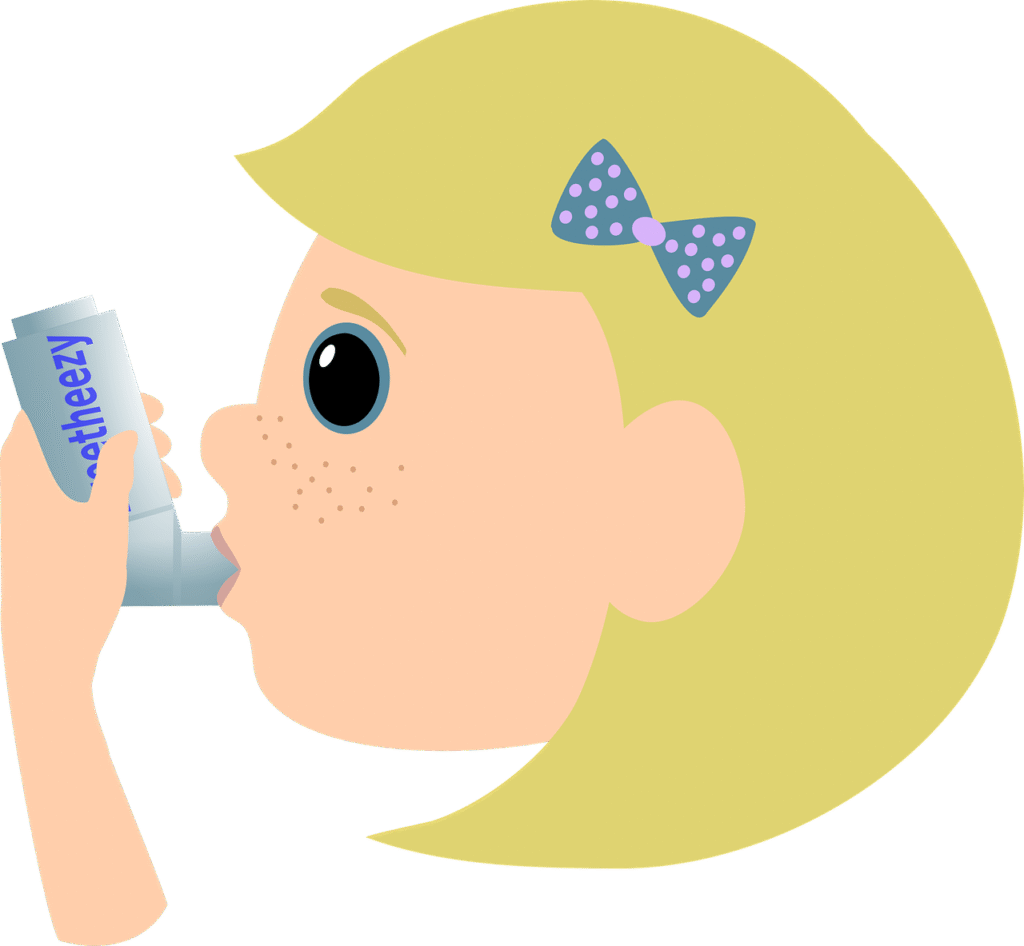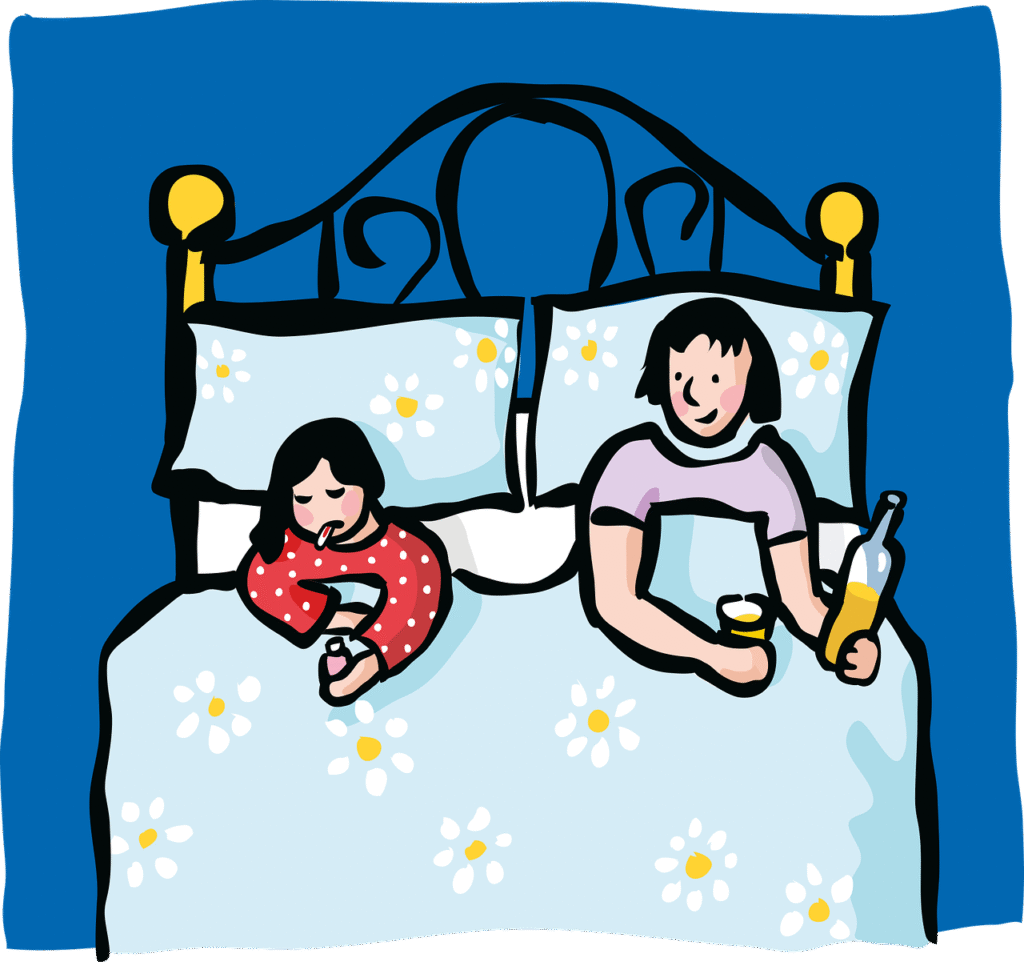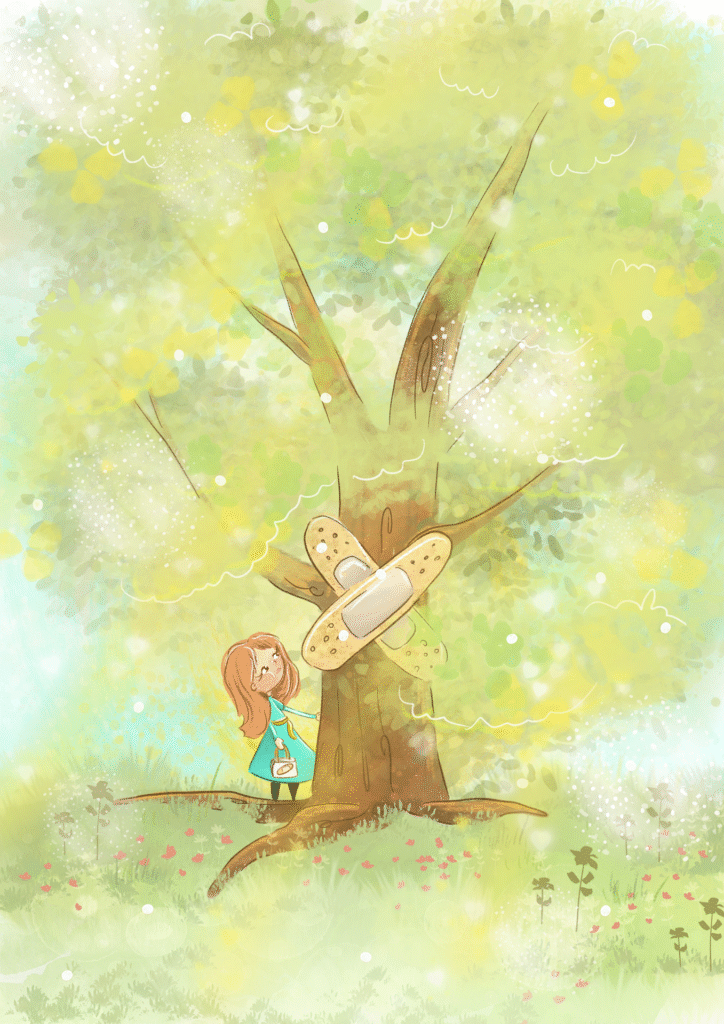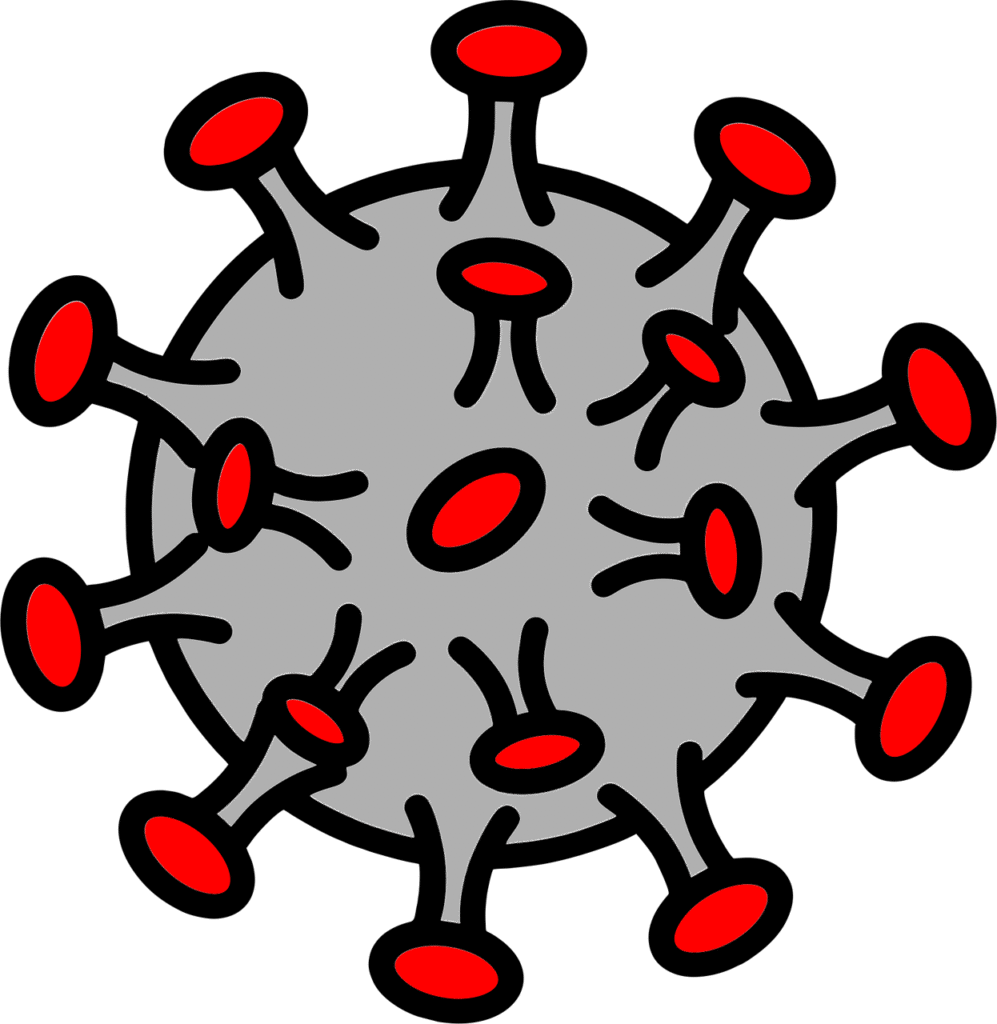(HFMD) Hand, Foot, and Mouth Disease in Children: What Every Mom Should Know
Learn everything you need to know about Hand, Foot, and Mouth Disease in children — from symptoms and treatment to prevention tips — in this warm, mom-to-mom guide.
HFMD cases have been on the rise in recent days and weeks, which caused many moms to panic, not knowing how to protect their kids and how to avoid much unwanted harm as a result of such infection.
When your little one wakes up with a high fever and red tiny spots on their hands, foot or mouth, here is when you should start to worry, as they are considered little signs of HFMD infection. “What’s happening to my child?” is the first thought that pops into every mom’s mind.
My advise to you “Don’t panic!” — it might be something called Hand, Foot, and Mouth Disease (HFMD) — a contagious viral illness that is most common among young children, and usually, it’s not as scary as it looks. Let’s break it down together, mom-to-mom.
In most cases, people infected with HFMD recover on their own in 7 to 10 days with minimal or no medical treatment. In this post I will help you with steps to manage symptoms if you or your child ever are got infected.
What Exactly Is Hand, Foot, and Mouth Disease?
Hand, Foot, and Mouth Disease (HFMD) is a mild infection caused by a group of viruses known as Coxsackieviruses — most often Coxsackie A16 or Enterovirus 71.
It is most common amongst children under 10, especially toddlers and preschoolers, but anyone even adults can catch it.
It spreads quite easily, which is why you often hear about outbreaks every now and then in nurseries or schools, reaching the peak during autumns and spring time.

How It Spreads (and Why It’s So Contagious)
HFMD virus is sneaky. It spreads through:
• Saliva or nasal mucus when a child coughs or sneezes.
• Fluid from blisters or stool (yes, diaper changes can help spread it).
• Touching contaminated surfaces — such as toys, doorknobs, and of course shared utensils.
That’s why good hygiene and handwashing quite often matter so much — especially when you have little ones constantly touching everything around them.
Early Symptoms You Might Notice
HFMD usually starts as a mild infection— and you can mistake if for a common cold.
Here’s what to look for:
1. Fever (often the first sign)
2. Sore throat or drooling
3. Feeling tired or cranky
4. Reduced appetite
5. A few days later – small red spots or blisters start to appear on:
• Hands (especially palms)
• Feet (soles and sometimes knees)
• Inside the mouth (tongue, gums, and cheeks)
Those mouth sores can make eating or drinking uncomfortable — which is why kids often refuse food during HFMD infection.
How It Looks (and What’s Normal)
The kind of rash caused by HFMD can look different from one child to another.
Sometimes it’s just a few blisters; but for some people, the symptoms may be more sever.
They’re usually not itchy, but they can be tender.
In most cases no special medicine is needed — the virus runs its course in about 7 to 10 days. Complications are rare, but may include:
1- Myocarditis.
2- Pulmonary oedema.
3- Acute respiratory distress syndrome.

How to Take Care of Your Child at Home
There’s no cure for HFMD — antibiotics won’t help either, as it’s a viral kind of infection and not bacterial.
But there’s a lot you can do to help your little one feel better and recover faster without much complications.

Here’s your simple mom’s care guide:
- Keep your kids hydrated
Offer warm liquids, water, soups, or cold milk.
Avoid acidic juices like orange or pineapple — they’ll sting the mouth sores.
- Soft foods are your best friend
Yogurt, mashed potatoes, soups, puddings — anything easy to swallow.
Cold foods (like ice cream or smoothies) can soothe the mouth.
- Lower the fever
Use paracetamol (acetaminophen) or ibuprofen as recommended by your doctor.
Avoid aspirin — it’s not safe for kids.
- Keep them home
Even if they look better, keep your child home for at least a few days to avoid spreading it to others.
- Clean and disinfect
Wipe down toys, tables, and common surfaces daily.
Wash hands often — especially after diaper changes or helping with the bathroom.

When to See a Doctor
Most cases are mild, but call your doctor if:
• Your child isn’t refuses to drink enough fluids (signs of dehydration)
• Persisting fever lasts more than 3 days
• Skin rash looks severe or spreads rapidly
• Your child seems unusually drowsy or irritable
• You notice any jerky movements, fast breathing, or weakness
Remember: You know your child best. If something feels off, trust your instincts and call your pediatrician immediadely.
Causes
It has been found that the most common cause of hand-foot-and-mouth disease is infection from coxsackievirus A16, which belongs to a group of viruses called nonpolio enteroviruses.
Coxsackievirus infection — and hand-foot-and-mouth disease — usually spreads through the mouth. Such illness is most contagious through being in contact with an infected person’s:
– Nose secretions or throat discharge.
– Saliva. Fluid from blisters.
– Stool.
– Droplets sprayed into the air after a cough or sneeze.
How to Prevent It from Spreading at Home
Even if one child is infected, you can still protect the rest of the family.
Here’s how:
• Wash hands after every diaper change, toilet visit, or meal.
• Don’t share cups, utensils, or towels.
• Disinfect toys regularly with warm water and soap.
• Keep sick kids home for at least a week or until the blisters dry.
• Encourage older siblings to wash hands often — especially after school.
It’s tough to stop every germ (we’re moms, not superheroes!), but these little steps make a big difference.
The Emotional Side (for Moms Too)
Let’s be honest — it’s not just the child who suffers.
When your baby is sick, you go through it too — the sleepless nights, the endless temperature checks, and the worry that something worse might happen.
Take a deep breath.
You’re doing your best, and that’s enough.
HFMD might look dramatic, but it’s temporary — and your child will bounce back, usually stronger than before.
In a Nutshel
Hand, Foot, and Mouth Disease can sound scary — but most kids recover fully with simple home care and lots of cuddles.
The key is hydration, rest, and hygiene.
You’ve got this, Mama.
And next time someone in your circle panics about HFMD — you’ll know exactly how to calm them down, mom-to-mom.
Resources:
A Guide to Clinical Management for HFMD | WH
When and How to Wash Your Hands
Hand Hygiene in Healthcare Settings
Sources:
1- https://www.mayoclinic.org/
2- https://www.cdc.gov/







